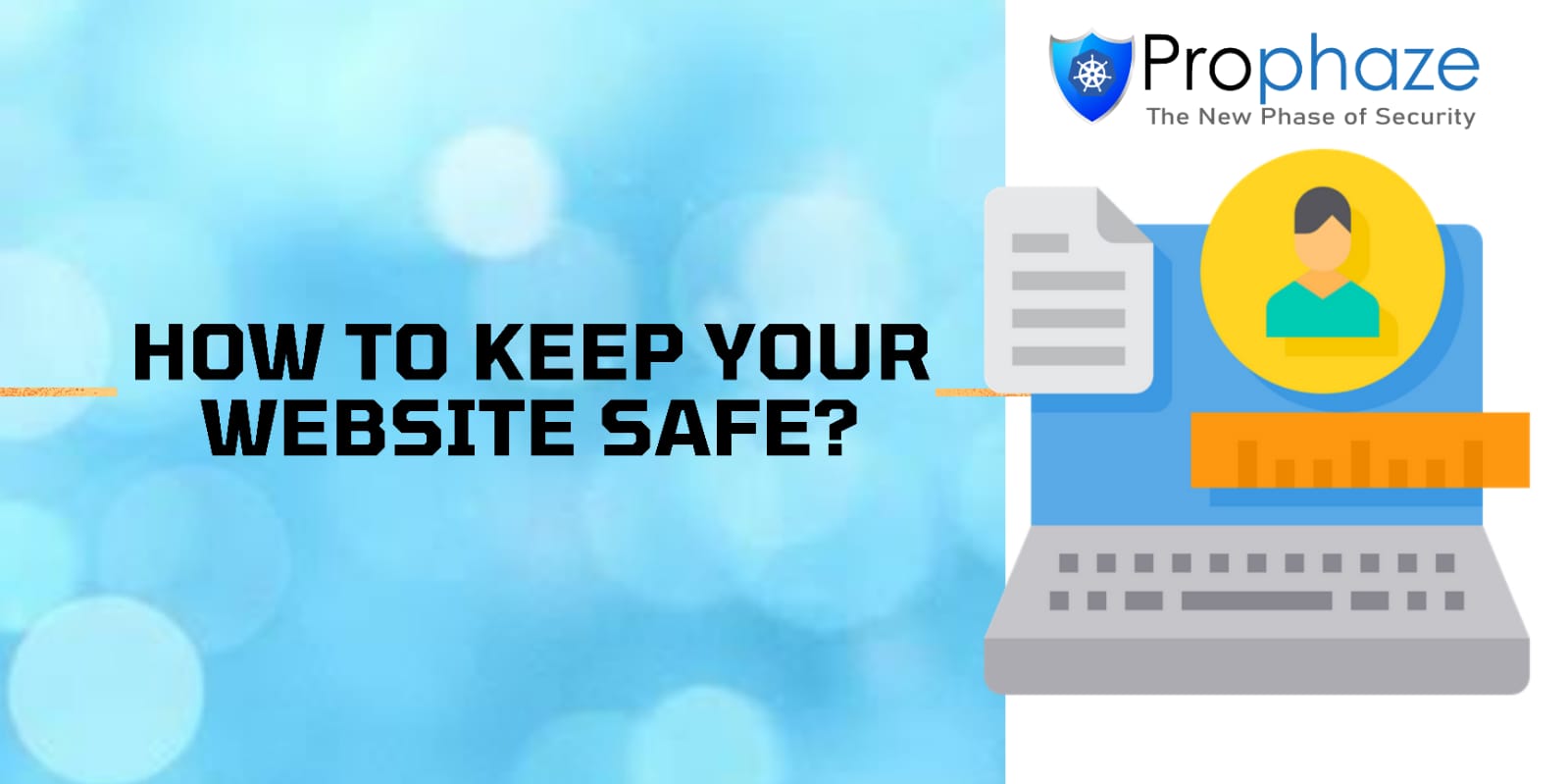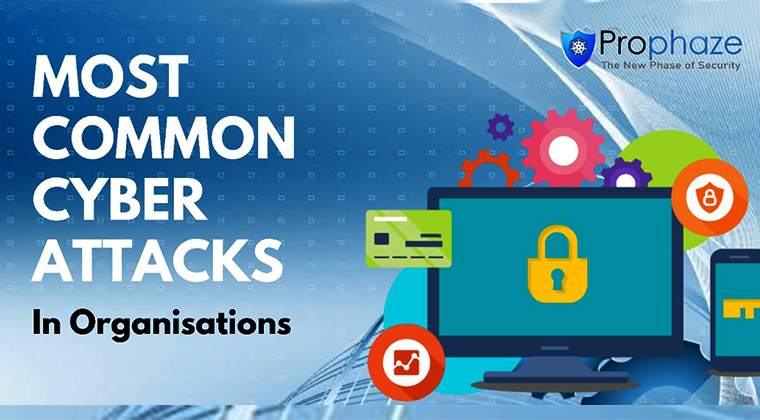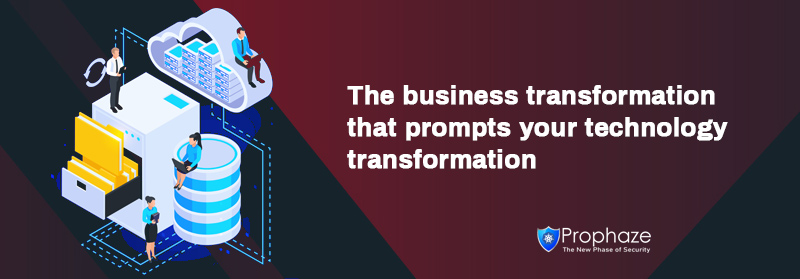Methods to Keep Your Website Safe
How to keep your website safe is the number one question that every budding internet entrepreneur asks time and again? Having a secure website is not just a good idea; it's absolutely vital for your online success. If you're new to the universe of internet marketing, then you probably know that if a site has security holes, then it will not only be rendered useless by the search engines, but it will also get you blacklisted on the major search engines as well. If your business or personal information is put at risk, not only can you suffer financially, you could also have your life being ruined by people stealing your identity and using it for their own gain. So how to keep your website safe? There are a few different methods, and here are a few of them.





